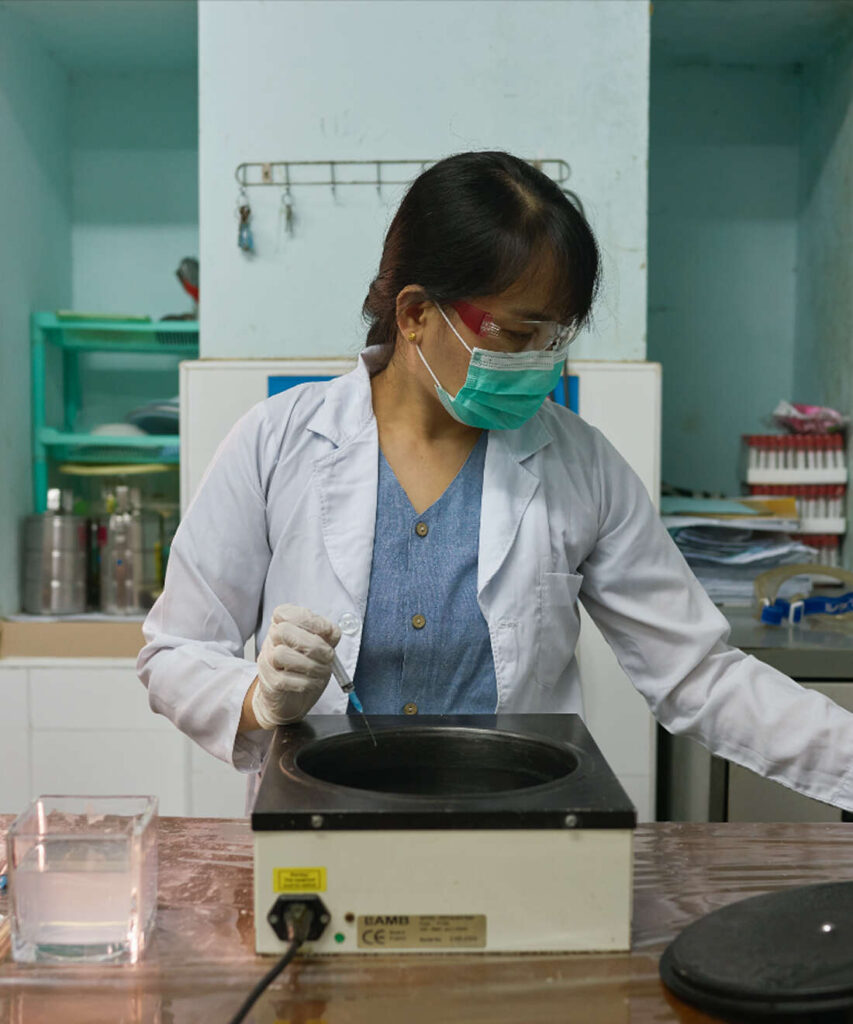
Measuring impact
Ensuring sustainable change
Our focus is on driving long-term, measurable change in cancer care. To ensure our efforts lead to sustainable improvements, we track 20 key indicators across five pillars that assess impact city by city. Developed through extensive consultations between C/Can, our partners and experts at the global and city levels, these indicators represent the most effective and feasible ways to track progress in cancer care across cities.


City Assessment Dimensions (CAD) indicators
Dimension 01
Patient-centric care
Health system provides continuity and coordination across the patient care journey.
- Level of satisfaction of patients (e.g. care coordination, continuity of care)
- Number of patients benefiting from direct support services
- Number of patient participants engaged in City Engagement Process, CEC and project development
- Proportion of patients lost-to-follow-up from presentation to treatment completion
Dimension 02
Quality of care
Optimal delivery of healthcare services in a safe, effective, timely and efficient manner within the context.
- Number and proportion of institutions adopting Multidisciplinary Team (MDT) guidelines or resolutions
- Number and Proportion of patients whose treatment is decided by an MDT
- Average time from presentation to diagnosis
- Average time from diagnosis to treatment initiation
Dimension 03
Access to care
Improvements to healthcare accessibility (affordability, availability, acceptability) to enhance the ability of patients to obtain services.
- Proportion of cancer care expenditures paid out-of-pocket (OOP)
- Service utilisation rate
- Proportion of patients covered by financial schemes (e.g. insurance)
- Number of institutions adopting development plans
Dimension 04
Development of human capital
Process of enhancing and improving the skills, knowledge and overall potential of individuals as well as the production, retention and upskilling of human resources for health.
- Number of healthcare providers (HCPs) trained/accredited
- Number and proportion of local institutions adopting trainings & courses
- Number and proportion of training participants with improved knowledge/skills
- Ratio of human resources for health (HRH) to cancer patients
Dimension 05
Local knowledge generation & exchange
Cross collaboration amongst professionals from different institutions/regions and the generation and dissemination of health-related knowledge
- Number of C/Can-affiliated publications with local first author (or co-first author)
- Number of best practice reports
- Proportion of stakeholders reporting improved coordination/networking/knowledge exchange
- Number and proportion of institutions feeding into cancer registry
